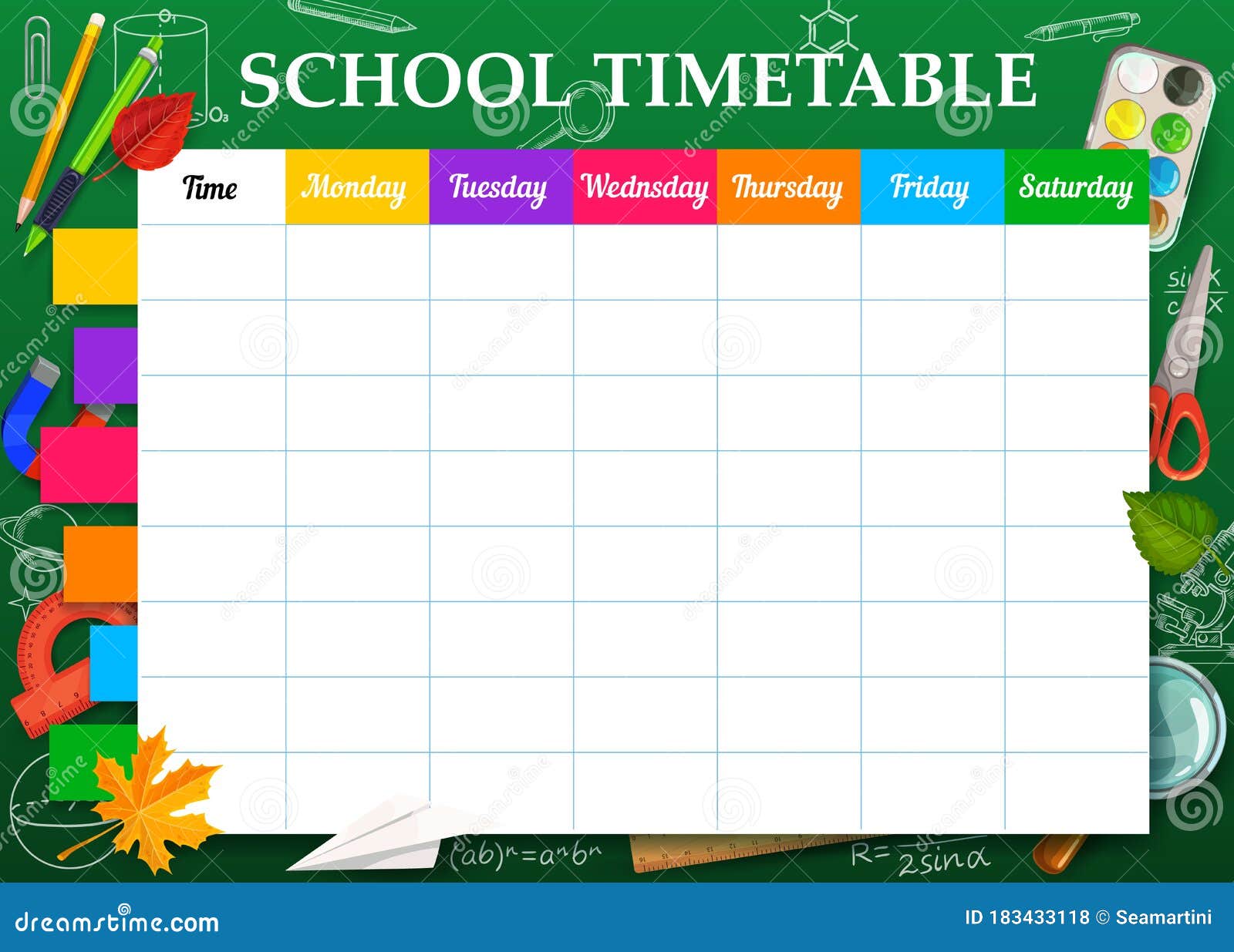


Ensuring that some of the constraints of the problem can be quickly computed.

This may seem counter-intuitive but for example by providing an initial, partially filled schedule (say roughly 30% of the time-slots), in a way that fully satisfies all constraints, and by considering this partial schedule immutable, we significantly reduce the time/space needed to produce candidate solutions.Īnother way additional constraints help is for example "artificially" adding a constraint which prevent teaching some subjects on some days of the week (if this is a weekly schedule.) this type of constraints results in reducing the problem/solution spaces, without, typically, excluding a significant number of good candidates.
Reducing the problem space, by manually, providing a set of additional constraints. Defining and ranking all known constraints. The general rationale is that in most real world scheduling problems, some compromises will be required, not all constraints, expressed and implied: will be satisfied fully. Rather than focusing on particular implementations of an automatic schedule generator program, I'd like to suggest a few strategies which can be applied, at the level of the definition of the problem. Graph Rewriting approaches are also of use with this type of combinatorial optimization problems. Genetic Algorithms, cited in another answer is (or, IMHO, seems) well equipped to perform this kind of semi-guided search (The problem being to find a good evaluation function for the candidates to be kept for the next generation) Instead we need to choose an approach which visits a subset of the problem/solution spaces. Maybe, the Knapsack problem has many elements of similarity with these problems at large.Ī confirmation that this is both a hard problem and one for which people perennially seek a solution, is to check this (long) list of (mostly commercial) software scheduling toolsīecause of the big number of variables involved, the biggest source of which are, typically, the faculty member's desires -)., it is typically impractical to consider enumerating all possible combinations. 
Because of the variations in the circumstances in which the problem appears at various schools (for example: Are there constraints with regards to classrooms?, Are some of the classes split in sub-groups some of the time?, Is this a weekly schedule? etc.) there isn't a well known problem class which corresponds to all the scheduling problems. In a nutshell one needs to explore all possible combinations to find the list of acceptable solutions.








 0 kommentar(er)
0 kommentar(er)
